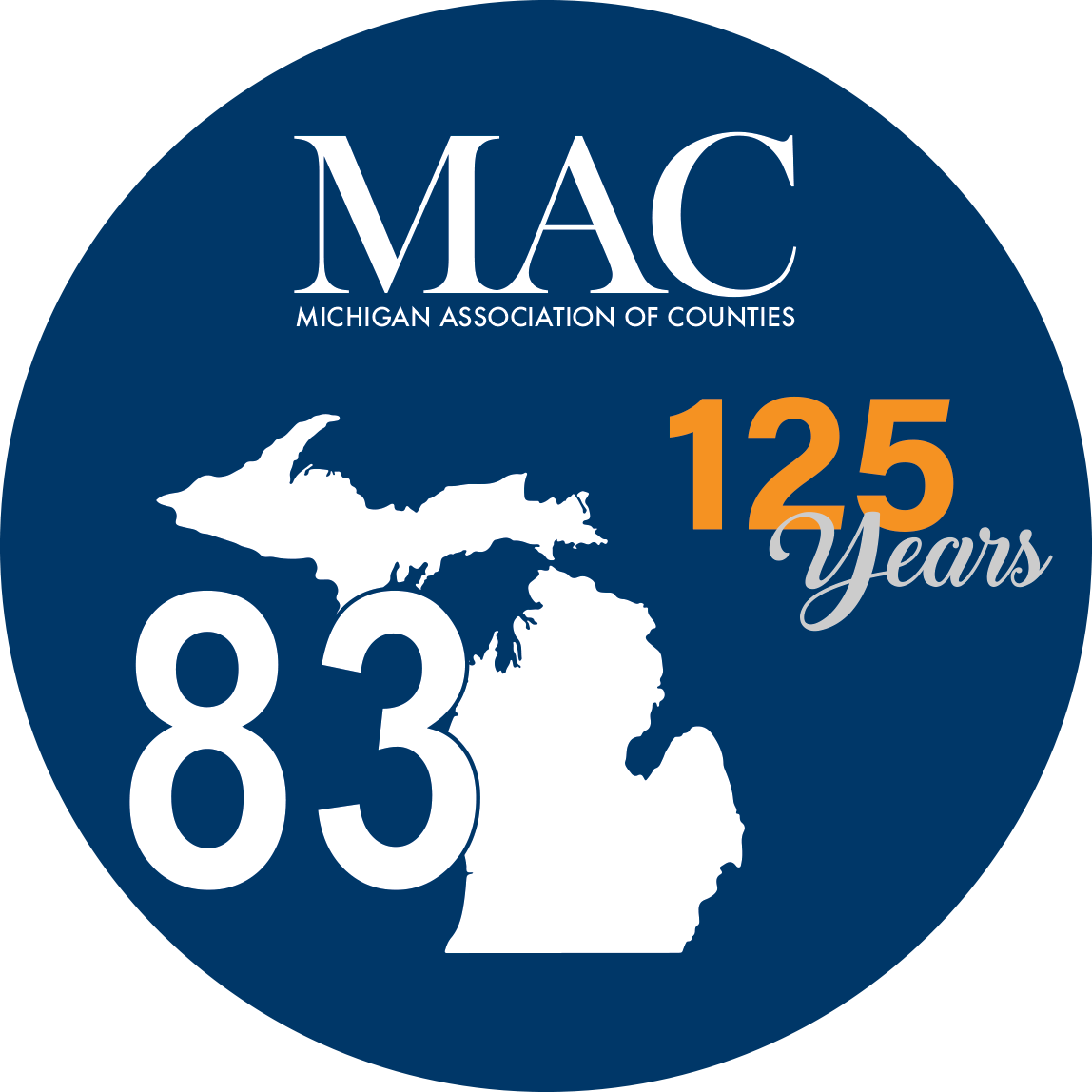When it comes to decision-making, Republican Dave Maturen says he tries to start with an open mind. It’s a skill he’s honed over the four decades he’s spent working as a property appraiser in Michigan.
The 66-year-old from Brady Twp. likes data. He’s studied the impact wind turbines have on property values. He’s examined roadway expansions and navigation easements. He’s appraised houses, farmland and commercial buildings.
“You walk in, hopefully, with objectivity and an open mind,” as Maturen explains, “and you start gathering data.”
Maturen will bring his appraiser’s approach to the House starting next year as he becomes the next representative for the 63rd District, which includes portions of both Calhoun and Kalamazoo counties.
Term-limited House Speaker Jase Bolger (R-Marshall) currently holds the 63rd District seat.
Maturen won a competitive primary against Vic Potter, of Marshall, over the summer to get the GOP nomination. Then, he easily defeated Democrat Bill Farmer, of Scotts, in the general election.
Currently, Maturen is the chair of the Kalamazoo County Board of Commissioners. He’s served on that board for nearly 12 years.
He gave up more terms on the county commission to take a shot at the House this year.
“After 12 years, it was probably time to move on,” he said. “It would have been easy to stay, but you don’t always want to do the easy thing.”
Before joining the county commission, he was a Brady Twp. trustee for 14 years. He ran for the county commission after redistricting added seats to the board.
And as he noted, term limits gave him the chance to run for the House.
When doors open, as he put it, you have to take advantage.
“I don’t know if you want to call it serendipity,” Maturen said.
In addition to his public service, he’s worked about 40 years in the appraisal field.
Early on in his career, he worked for the state of Michigan in the Treasury Department’s property tax division.
After 14 years in state government, Maturen decided to take a different path and start his own business.
Maturen & Associates focuses on projects involving right-of-ways. The company works on easements and helping entities that need to get “from here to there,” as he put it.
That can mean working on pipelines, roadways and airports.
And he said he realizes that his career experience could lend itself to working on tax policy in the Legislature.
One of the priorities he listed was working to make sure the state has a good tax climate that helps business succeed.
Maturen, who has a master’s degree in public administration from Western Michigan, also mentioned roads and the fact that his district is heavy on agriculture.
On top of those, he also lives on Indian Lake and is interested in environmental matters, like invasive species.
As it turns out, he won’t be the only Kalamazoo County commissioner joining the House this year. Fellow-commissioner Brandt Iden of Kalamazoo, won the 61st District seat.
Two others from the commission — Republican Phil Stinchomb, of Portage, and Dave Buskirk, of Kalamazoo — ran for the House but lost.
Being a public servant runs in Maturen’s family.
His father, Clarence, was an elected official in Essexville and he served on Bay County’s board for 17 years.
So politics was often discussed at the Maturen dinner table. Maturen also remembered the long hours his dad put in at city hall.
“It’s kind of been a family trade,” he said.
Maturen’s hobbies include playing tennis. He and his wife, Nancy, have been married for 43 years.
His appraising profession keeps him busy with traveling. And he’s made many trips into and out of city halls, township buildings and county buildings as part of his work.
“I put a lot of miles on the car,” Maturen said. “I’m used to driving a lot, so driving back and forth from Lansing won’t be that big of a deal.”
Reprinted with permission from MIRS News Service in Lansing.
















